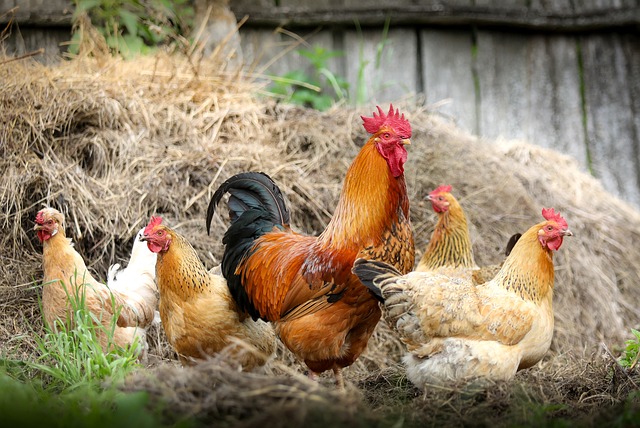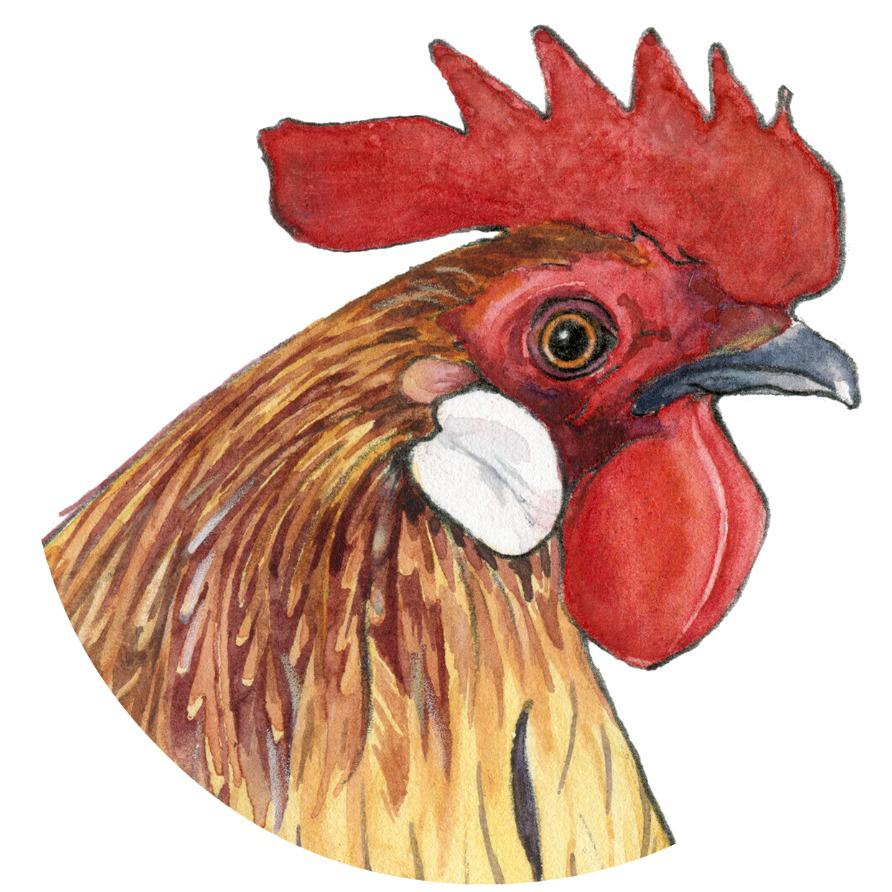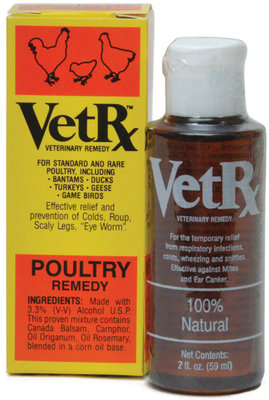The Concise Beginner's Guide to Raising Chickens
Everything you need to know about getting started with your first chicken flock!
Written by Chris Lesley

In this article, we’ll cover everything a first-timer needs to know about keeping chickens,
including coop setup, breed and bird selection, and the basics of everyday care.
Once you’ve made the big decision to get your first chickens, it can be hard to know where to start with actually getting them. Should you order eggs, chicks, or pullets? How do you know what breed is right for you? Should you buy a coop or build one? What about food? Exercise? Vaccines?
These and many more questions can start racing through your head as soon as you start looking into chickens, and it’s very easy and perfectly understandable for people to get totally overwhelmed and maybe even give up before they truly get started. Luckily, chickens aren’t actually as complicated as they can feel in those first few heady days of research and planning. In this article, we’ll break down the most important things every aspiring
chicken keeper should know before they get started on their own backyard flock.
Coops and Runs
A good coop is probably the single most important element for your flock’s health and happiness, so it’s no surprise that it can be a new owner’s largest expense. It doesn’t have to be, though; many people build their own coops for next to no cost, using second-hand supplies and online coop plans, and get the same or better results than people buying kits or ready-made coops.
However you choose to get a coop, there are four key things to keep in mind:
- Size - The size of your coop will depend on the breed and sex of your birds, as well as how much time you plan to let them spend outside. Birds that free range or have a large run won’t need as much space as those that have to be inside all day. Smaller breeds, especially bantams, will be happier with less floor space and more height, while larger breeds like Brahmas will require the opposite.
- Location - There is no hard and fast set of rules dictating the perfect coop location. Where you place your coop will depend on the layout of your yard and your local climate, among other things. Try to keep your coop on higher ground, so it can drain well and stay dry. Additionally, you’ll want to put it somewhere with at least some shade cover; otherwise, direct sunlight will cause your girls to overheat in the summer.
- Ventilation - A well-ventilated coop is crucial for keeping your birds healthy. Chickens are highly susceptible to respiratory infections, which can spread rapidly in closed-in spaces with recirculating air. While there are many ways to achieve adequate coop ventilation, the important thing to remember is that some vents need to stay open, even in wintertime, to keep your hens well supplied with fresh, clean air.
- Security - Your coop and run need to be able to keep out all types of predators, from raptors to weasels to snakes to bears. Your best friend in this endeavor is hardware mesh, a type of wire fencing similar to chicken wire, but with a finer weave to keep out smaller animals. I would recommend covering every surface of the coop with hardware mesh, including the floor, and installing it six inches deep and 12 inches up around your run. You can also use predator deterrents, which are usually things that flash or move to scare off birds of prey and other predators. Another great way to keep predators away is to clear away any bushes, brush, long grass, or other things that can provide hiding places for predators near the coop.
Choosing Your Birds
There are two things every new owner needs to consider when ordering their first chickens: breed and age.
There are technically hundreds of chicken breeds out there to choose from, but most first timers can narrow this down to a beginner-friendly handful of reliable, hardy layers and dual-purpose birds. From there, you’ll want to consider your climate, your resources, and what kind of relationship you want to have with your birds. If you don’t have space for a massive run or plan to keep your birds in their coop all day, look at bantam breeds and less active birds. If you want a family-friendly pet, steer away from the Rhode Island Red and more towards a cuddly Cochin. With that in mind, what age your birds are when you get them will also have an impact on their
relationship with you. Most new owners start with chicks, which can usually be ordered through the mail. There are several advantages to this, as it saves you the difficult and fiddly business of incubating and hatching eggs, but also allows the birds to bond with their people from a young age.
One disadvantage of starting with chicks is that you’ll have to invest in a heating plate and other equipment to establish an enclosure for the chicks inside. Additionally, you’ll have to wait a few months before the birds are ready to lay eggs.
For people who don’t want to wait, buying pullets is probably the best option. Pullets are adolescent chickens, and they’ll be ready to move into the coop immediately and start laying within a few weeks. However, birds adopted as pullets will not be as friendly as ones raised from chicks.
Meeting Daily Needs
Chickens have the same basic needs as all animals: food, water, shelter, and some form of exercise and stimulation.
For food, the best option is generally a layer feed, a grain-based diet with nutrients and protein added to help your girls lay healthy eggs. In addition to this, they will need a supplement of calcium carbonate, usually oyster shells. This can be offered to the hens to free-feed, so they can take some whenever they want, and will help them have the nutrients to develop strong eggshells.
In addition to a traditional feed, chickens will thrive with as much variety in their diet as possible. This can come in the form of kitchen scraps, fresh vegetables from the garden, or just letting the birds free range. That allows them to pick up brush and insects and introduce their own variety into their diet.
Free ranging is also a great way to keep your chickens engaged and exercising. Like humans, chickens can become bored if they don’t have enough activities to keep them occupied, which in turn can make them destructive and even violent. There are lots of ways to engage them, from letting them free range to building climbing structures to just hanging up a cabbage for them to peck at.
Keeping chickens is an enriching, fulfilling, but sometimes overwhelming experience. Hopefully, this article has given you all the information you need to tackle the overwhelming parts with knowledge and confidence, and focus on the most wonderful parts.
What can we help you find? Search the website:
What's New Around Here?
-
Wanted: Chinese Owl Pigeons, female, preferably young
Young, female Chinese owl pigeons, I'm located in Indiana but willing to pay for shipping. Contact me at 317-318-4091 if you have any available -
Southport Florida Farm Swap
Information on the Southport Florida Farm Swap -
Marianna Florida Farm Swap
Information on the Marianna Florida Farm Swap










